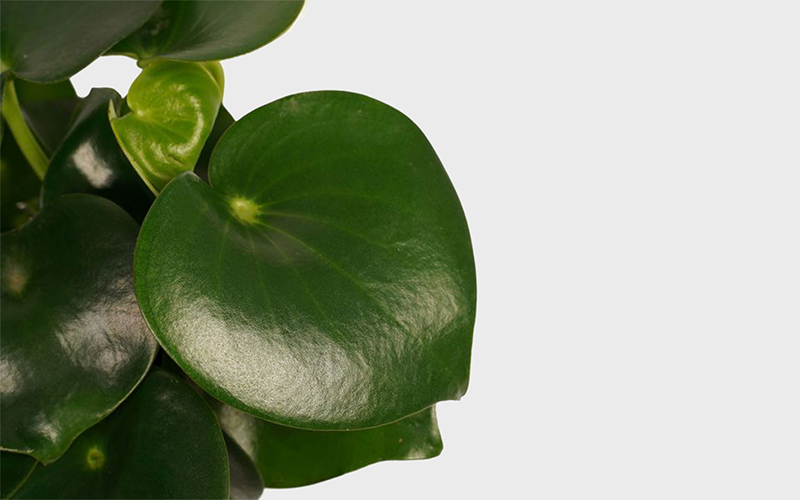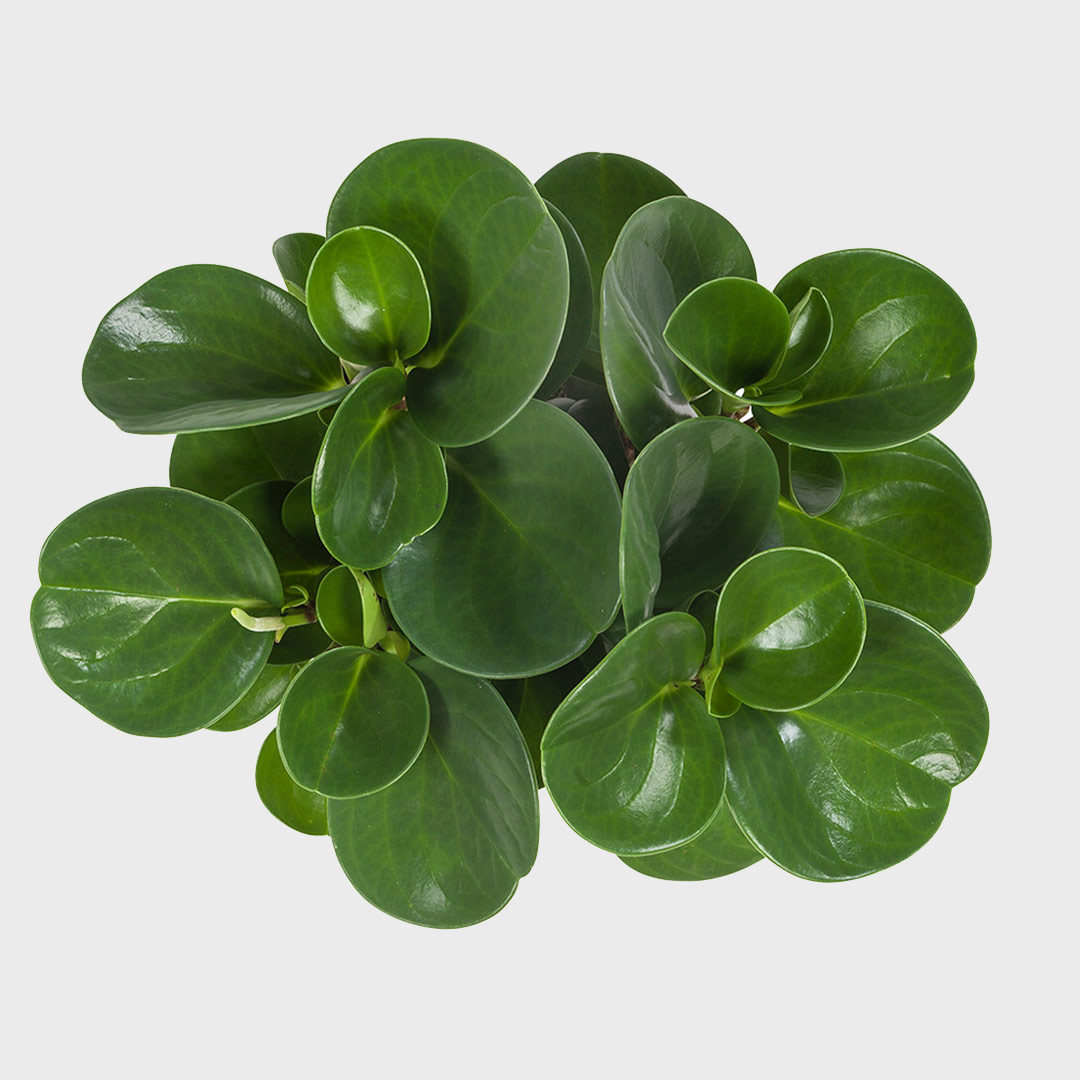
Deliver to
Austria
 English
English

The Peperomia is native to the Amazonian region of South America. They have over 1000 species, and because they are not demanding they can survive in most conditions. Peperomia plants are low-maintenance and drought-tolerant. The leaves are quite thick, and they can store up a lot of water.
Medium light
Water every 2 weeks
Non-Toxic
Air-purifying
The Peperomia likes to be placed in a spot with lots of light. It is best to place the plant in medium indirect light. The Peperomia prefers a spot next to a window on the west or east. A spot near the south is of course also possible. Make sure that the plant is at least 2 metres away from the window. Direct sunlight should be avoided, since this light can scorch the foliage. When the Peperomia gets too little light it leaves will start to drop.
Peperomia plants prefer a balanced level of moisture, not too wet nor too dry. Therefore, the best way to check if your plant needs water is to check the top centimeters of the soil. If it's dry, then you can water the plant. From spring to summer you can add some water every 7-9 days. From autumn to winter every 2 weeks is enough.
You can provide extra nutrients by means of plant nutrition. We recommend giving plant nutrition once every month in the growing season. From spring until autumn. After autumn and in winter it is better not to give extra nutrients. In the winter, plant nutrition can actually be harmful for the Peperomia!
The most ideal temperature for a Peperomia plant is typically between 18 to 24 degrees Celsius. It prefers a warm and moderate climate, but can tolerate slightly cooler temperatures.
Pruning a Peperomia is not necessary for all varieties, but it can be done to maintain a compact shape, remove leggy growth, or rejuvenate an overgrown plant. Trimming off yellowed or damaged leaves can also enhance the plant's appearance. Pruning encourages branching and can help promote a bushier and more attractive growth.
In addition to being non-toxic, the Peperomia does not suffer from any diseases too. Although pests can occur on all types of plants. It is therefore good to check the plant regularly. In case of vermin, you can always use a pesticide.


Most Peperomia plants do not grow larger than 30 to 50 centimetres indoors. In nature, Peperomias can grow to 90 centimetres. It is and remains a small plant.
Yes, you certainly can. See our tips on how to propagate the Peperomia.